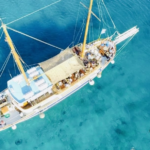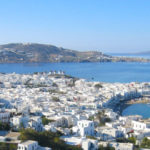The history of Delos Island is rich as it contains the most varied collection of ruins in all of Greece.
Dating back to 3000BC, Neolithic dwellings prove the arrival of prehistoric settlers but the real story has it`s beginnings from around 1500BC. As recorded in the mythology of ancient Greece, Delos was believed to be the birthplace of Apollo the son of Zeus. The Mycenaean’s of that time were first to recognize the island as a place of worship but it was the coming of the Ionians in 1100 BC where major development began. In order to acquire spiritual and political status various Ionian leagues began to compete by building elaborate temples and shrines to Apollo and other related gods. The Athenians being superior in their contributions, in 425BC decreed a purification of the island. All graves were removed and it became law that no one would be allowed to die or be born on Apollo’s island.
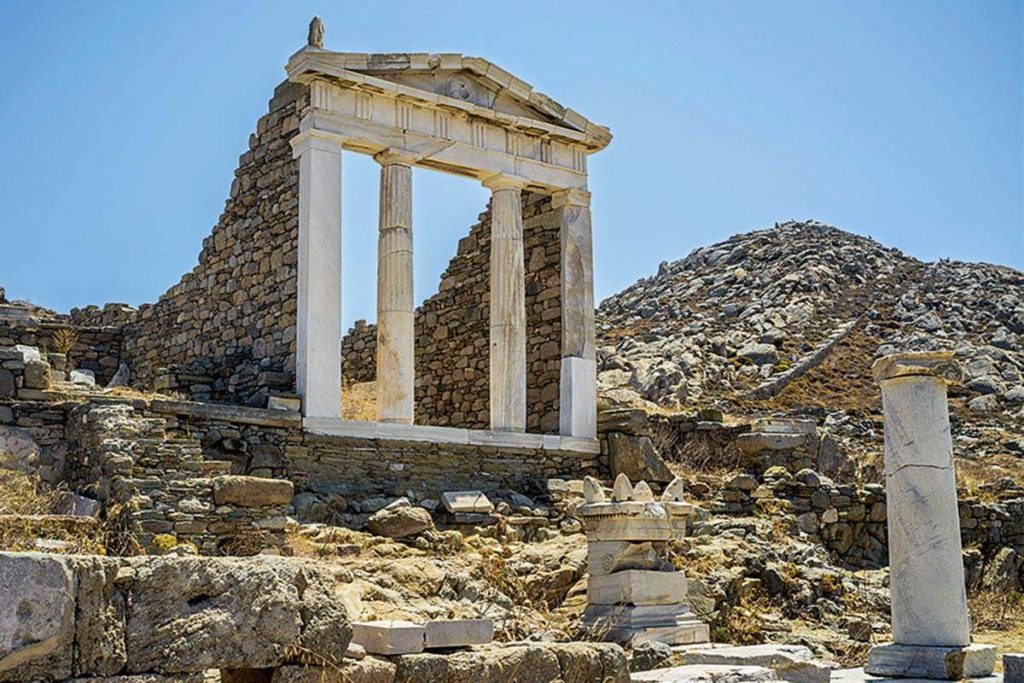
As populations grew throughout the whole eastern Mediterranean, commercial trade also increased. Near the end of the fourth century BC the Macedonians were in control and because of Delos’ geographically central location, turned the island slowly into an important trade and commercial center. The Romans were next to follow and it was during their reign the population grew, made up not only of Greeks and Italians but also Phoenicians, Syrians, Egyptians, Palestinians and Jews. Delos is a small island, which covers an area of approximately 5 square kilometers. At this time in history it was estimated to have had a population of 25000 people.
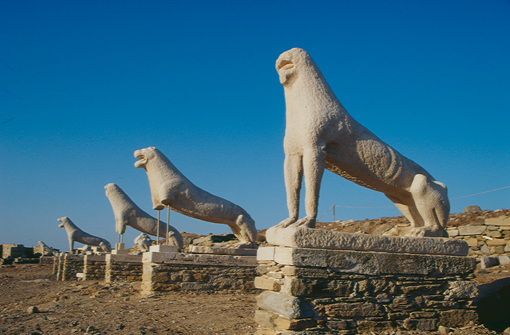
The decline of Delos happened gradually through the first century BC and into the first century AD. Rome began to concentrate its attention on Rhodes as its eastern commercial port and the religious beliefs of ancient times slowly gave way to those of its varied inhabitants. Pillaging of the island began as early as the eighth century AD but the real devastation of its buildings took place through the reign of the Ottoman Empire. The abundant supply of marble was crushed and used as building material and the bronze cramps that once held the ancient structures together were removed to aid in the increasing demand for metal.
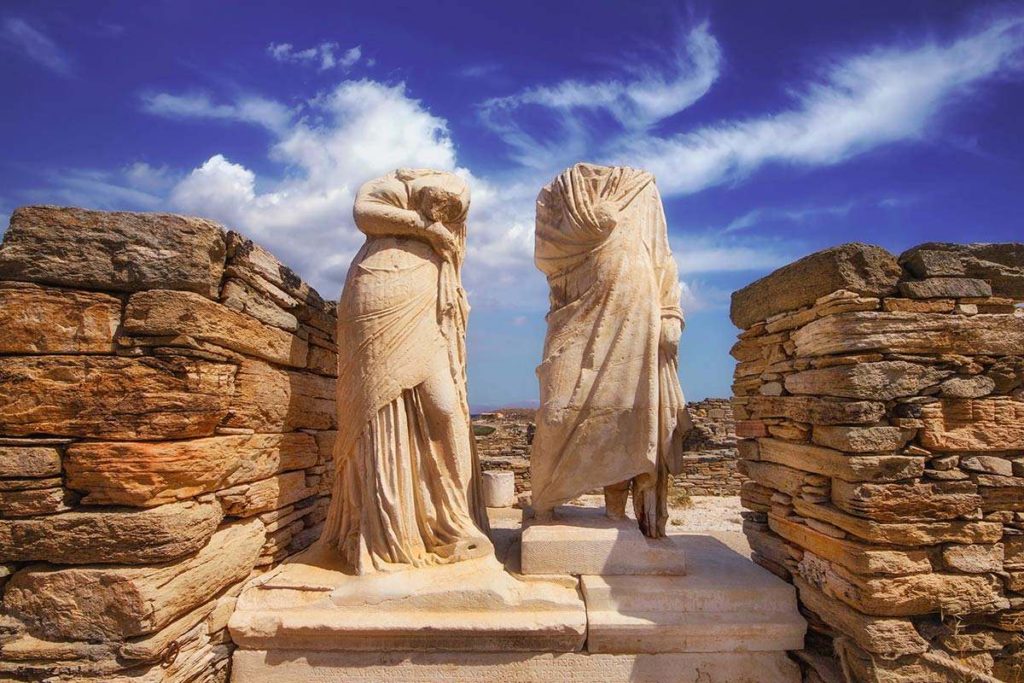
What remains of Delos’ history can be seen today, mainly through the efforts of the French School of Archaeology whose excavations of the site began in 1873. In digging through the vast collection of archaic ruins the story of the island began to unfold. Today, Delos has been internationally recognized for its importance as one of the most famous centers of ancient times.
One of the advantages of visiting Mykonos is to be able to experience a temporary leap back into history. The island of Delos, one of the most famous archeological sites of Greece is only a short boat trip away. Daily excursions set off for the harbor of what was once a great sacred and commercial center with ruins dating back to over five thousand years.






